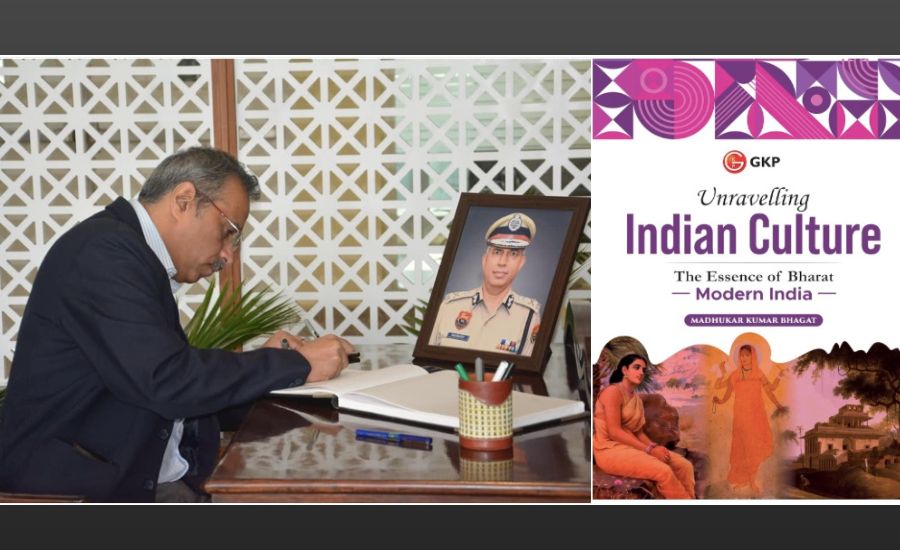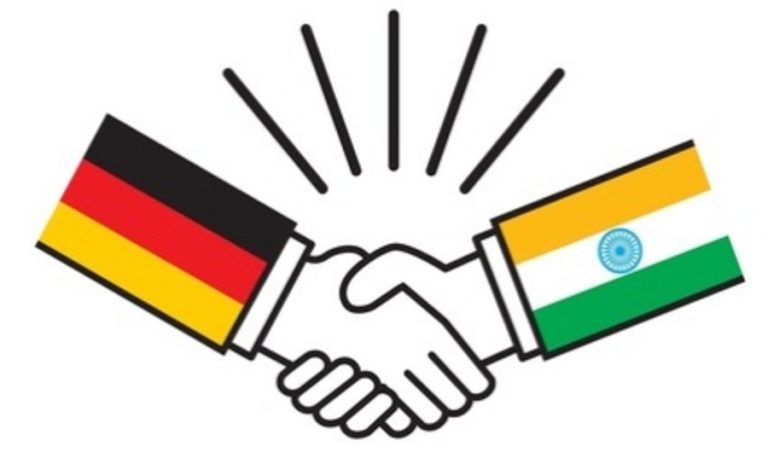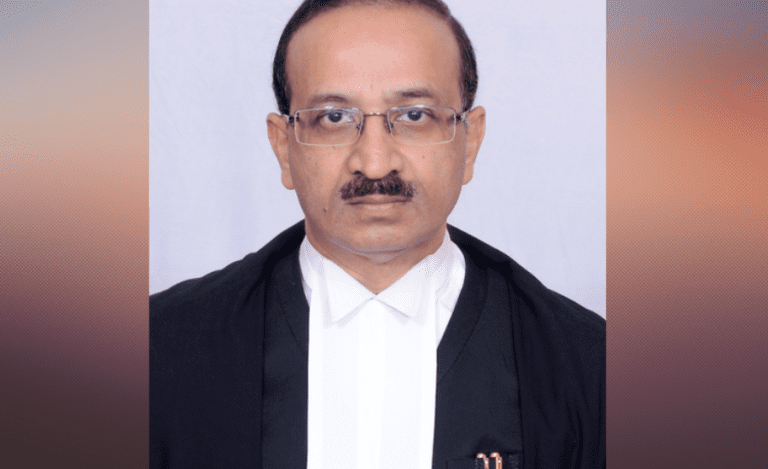When IRS officer Madhukar Kumar Bhagat embarked on a four-and-a-half-year journey to document the essence of Indian culture, he knew the task was arduous. Now, as he releases the third and final volume of his magnum opus, Unravelling Indian Culture: Modern India, it is evident that this work has gone beyond mere scholarship. It is a labour of love, a reflection of his deep connection to the cultural soul of India.
“This series is my modest attempt to foster a deeper appreciation for the dynamic, inclusive, and rich heritage of Indian culture,” says Mr. Bhagat, a 1995-batch IRS-IT officer currently serving as Principal Commissioner of Income Tax and Joint Secretary in the Ministry of Health and Family Welfare. With nearly 1000 pages and 1700 photographs, this three-volume series is not just a book but an immersive journey into the heart of Bharat.
A VISION OF CULTURE OVER CHRONOLOGY
Mr. Bhagat’s decision to structure his series around cultural elements rather than a chronological history sets it apart. While speaking to Indian Masterminds, he explains, “Culture is the lifeblood of a civilisation. It shapes who we are and how we relate to the world. Focusing on its evolution allows us to see its timeless relevance and adaptability.”

The trilogy explores the profound philosophies of the Vedas, the vibrant traditions of Indian art, and the evolution of performing arts, literature, and cinema. It traces the interplay of tangible and intangible elements—from ancient sculptures and architecture to the spiritual ethos that binds them together.
MODERN INDIA : THE FINAL CHAPTER
The third volume, Modern India, celebrates the cultural renaissance of contemporary times. It begins with early European influences, transitions through the British cultural phase, and culminates in the post-independence cultural mosaic.
Key chapters include explorations of socio-religious reforms, the evolution of music, dance, and theatre, and the journey of Indian cinema from the silent era to blockbuster hits. Chapter 23 vividly captures the spirit of India’s festivals and fairs, while the final chapter examines the modern architectural landscape.
“Indian cinema, for instance, is not just a form of entertainment; it mirrors societal transformations and aspirations,” Mr. Bhagat points out. “Each chapter is a window into the vibrant kaleidoscope of our culture.”

A VISUAL SPECTACLE
What truly sets this series apart is its visual richness. Over half of the 1700 photographs were captured by Mr. Bhagat himself, documenting his travels to historical sites and museums. The rest were carefully sourced from state tourism departments, museums, and even Wikipedia contributors.
“These images are integral to the concept of this series,” he shares. “They offer readers a clear, engaging view of India’s cultural diversity and intricacies.” By blending text with vivid imagery, the books transcend the conventional, becoming an illustrated tribute to India’s cultural heritage.
THE CHALLENGES OF A CULTURAL ODYSSEY
Creating a work of this scale was no small feat. It required extensive research, countless hours of writing, and the support of family and colleagues. Mr. Bhagat fondly recalls his father’s meticulous review of the drafts and acknowledges his family’s patience during this intense period.
The effort, however, has been immensely satisfying. “To accomplish a task this challenging and see it come to life is deeply fulfilling. It is my humble contribution to preserving and celebrating our heritage,” he says.

A CELEBRATION OF INDIA”S CULTURAL IDENTITY
Unravelling Indian Culture is more than a historical record; it is a celebration of India’s identity. Through its three volumes, it brings alive the enduring values of “Vasudhaiva Kutumbakam” (the world as one family) and “Sarve Bhavantu Sukhinah” (may all be happy), which have shaped India’s inclusive ethos for millennia.
Whether exploring ancient temples, modern cinema, or festivals that unite communities, the series reveals how India’s culture has remained dynamic, syncretic, and resilient.
REDISCOVER INDIA
Mr. Bhagat’s work is an invitation to rediscover the essence of Bharat. As he puts it, “If giving is the highest form of human fulfilment, this series is my offering to our nation’s cultural heritage.”

For readers, the trilogy offers not just knowledge but a deeper connection to the timeless spirit of India. In an age where cultural narratives are often fragmented, Unravelling Indian Culture stands as a monumental effort to preserve and celebrate the living legacy of a civilisation that continues to inspire the world.






























